Explore the treasures of the former Augustinian Monastery in the Dolomites
Image gallery: MIK Museum im Kapitel
The San Candido Monastery, the oldest abbey in Tyrol and the region's most significant Romanesque sacred building, boasts a rich history. Founded in the 8th century AD by Tassilo III, Duke of Bavaria, as a missionary outpost, it initially served as a Benedictine monastery. In the 12th century, it was transformed into a collegiate church. The present-day Collegiate Church of Saints Candidus and Corbinian acquired its characteristic form around 1280 AD.
Its Collegiate Museum previously occupied two locations: the Franciscan Monastery and the 16th-century Chapter House in the Via Atto road, near the hospital. The Franciscan Monastery location closed in 2023. Simultaneously, the Collegiate Museum was renamed the MIK Museum im Kapitel.
The Chapter House's façade has remained virtually unchanged over the centuries. Decorative paintings from 1550, created by artists from the Bressanone School, can still be seen around the windows. In addition to the archives and library, the Chapter House accommodates the Collegiate Treasure, a manuscript collection, and a collection of sacred artworks across seven rooms.
Most exhibits originate from local artists and were commissioned by the abbey itself or by San Candido residents. How to get there: You can find the MIK Museum im Kapitel in the Via Atto road in San Candido village, very close to the Collegiate Church. Parking is available at the Collegiate Church and at the town hall. There's a bus stop near the hospital.
Contact info
- Via Atto / Attostrasse 3 - 39038 - Innichen / San Candido
- +39 0471 972912
- info@mik.bz.it
Opening times
Despite careful control we cannot guarantee the correctness of the provided data.
Admission
€ 5.00 adults
€ 5.00 young people (15-18 years)
free for children under 15 years
More information
The MIK Museum im Kapitel stays open every year from mid-June to mid-September, individual guided tours are offered on Wednesdays and Fridays. Sunday and Monday rest days.
Outside these times, that's to say in autumn, in winter, and in spring, it is accessible only to groups upon request, which must be submitted to the museum 2–3 days in advance.
Season start 2025 on June 10.
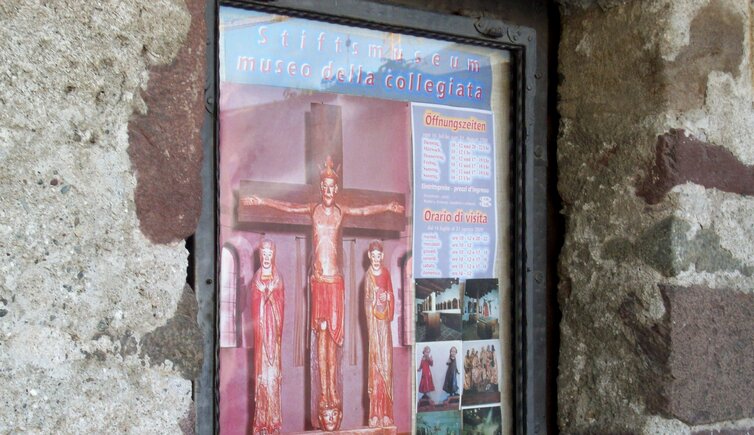
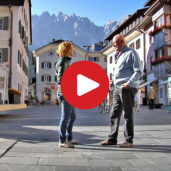
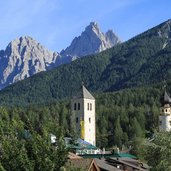
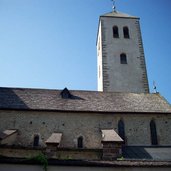







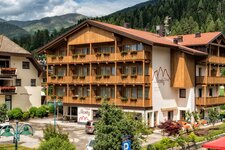
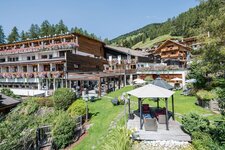
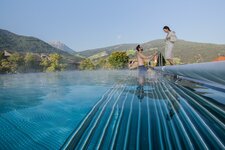
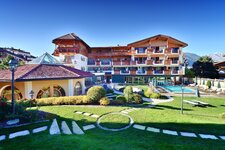
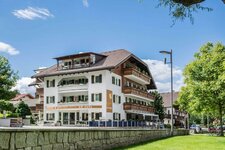
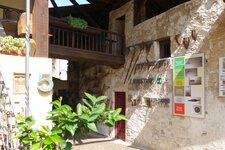
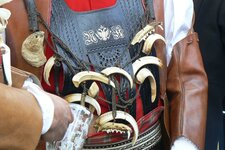
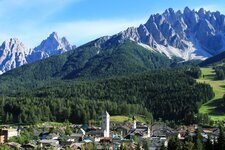
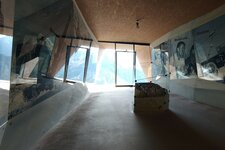
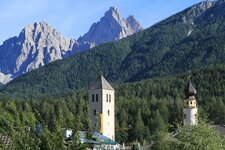
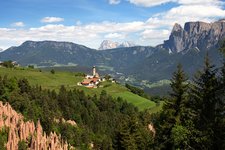
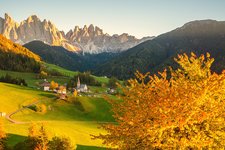































































































.jpg)





































